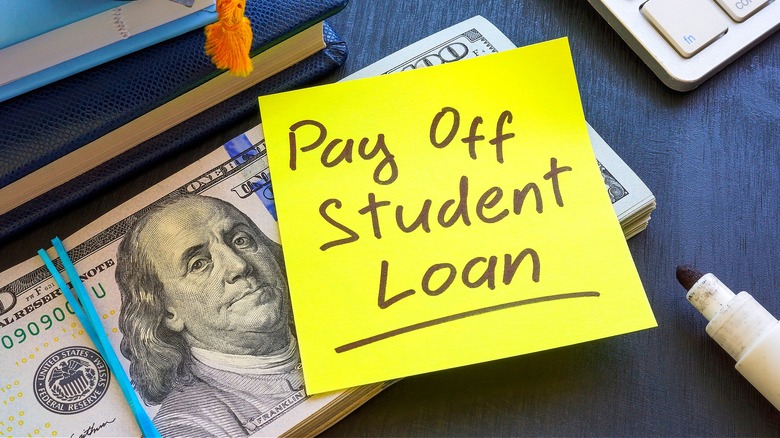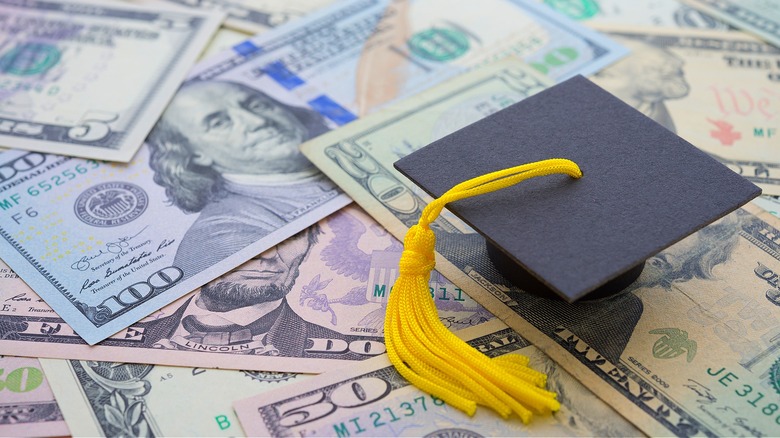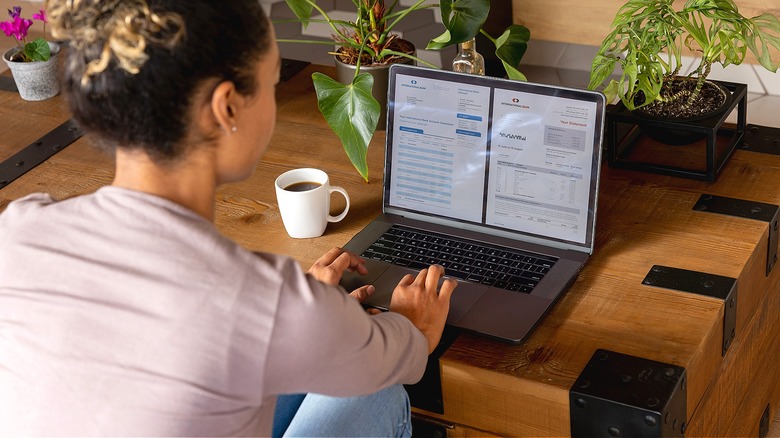Paying Off Your Student Loans This Way Could Save You Money
According to the Education Data Initiative (EDI), student debt in the United States stands at $1.76 trillion, with federal student loans accounting for 93.1% of it. In total, there are 43.5 million people with federal student loan debt, while the average amount owed is $37,718. With this said, if you're one of the 43-plus million people with outstanding student loans, one way to save while paying off your debt is to set up autopay. With autopay, you won't miss a student loan payment, keeping your account in good standing, and what's more, you'll get an interest-rate discount of 0.25%.
You can also set it up to pay more than your monthly payment, which will ultimately help you pay down your debt faster. The standard repayment timeline for a federal student loan is 10 years, but, on average, it takes student borrowers twice as long to pay off their debt, according to EDI. Note that income-driven repayment terms for federal student loans are typically for 20 to 25 years. If in that time of repayment, you can save a little, as you would with autopay, it certainly makes sense to do so.
How to save money with autopay
As said, when you use autopay to repay your federal student loan, you get a 0.25% interest rate cut, and many private lenders offer the same. Though it doesn't sound like much, it can make a difference over time, and remember, the average repayment timeline for student loans is 20 years. Consider, if your student loan is the average, $37,718, with an APR of 6%, you'd pay $12,531.66 in interest over 10 years, while with an APR of 5.75%, you'd pay $11,654.31. That's a savings of $877.35, or about $88 a year, and all you need to do is enroll in automatic payments.
Another more obvious benefit of autopay is that it allows you to set your payments and then forget them. While with federal student loans, if you miss a payment, you have 90 days to get your account sorted before the three credit bureaus are alerted, autopay will help you to avoid being late altogether. Though, you'll need to make sure your bank account has sufficient funds to cover the payment each month; otherwise, you could end up actually losing money through bank fees.
While your loan servicer won't charge you a late fee until you're 30 days past due, your bank won't give you as much time. If your account lacks the funds to cover your automatic payment, your bank will charge you either an overdraft or nonsufficient funds (NSF) fee, which, per Bankrate, averages $26.61 and $19.94, respectively.
What more you can do with autopay
Paying off your student loan debt with autopay can not only save you money, but it can help you pay your loan off faster as well. As the Federal Student Aid website notes, you can schedule an additional amount to be debited along with your regular payment. Every little more each month can make a big difference, and with autopay, you can stay consistent with your extra payments.
For example, using LendingTree's student loan payoff calculator, a $35,000 loan, with a repayment timeline of 10 years and an APR of 5.75%, could be paid off in 8 years and 1 month if you added $50 more to your monthly payment, saving you $2,381 in interest. If you were able to pay $100 more a month? You'd pay off your loan in 6 years and 8 months and save $4,015 in interest. If you can only pay $15 more, you'll still shave 7 months off your 10-year loan and save $822.
Also, note autopay enrollment for federal student loans only works with bank accounts, not credit or debit cards. And, even though autopay allows you to set it and forget it, you'll still receive a reminder every month before the amount is withdrawn. Be sure to check this, too, just in case there's anything wrong with your student loan numbers.


